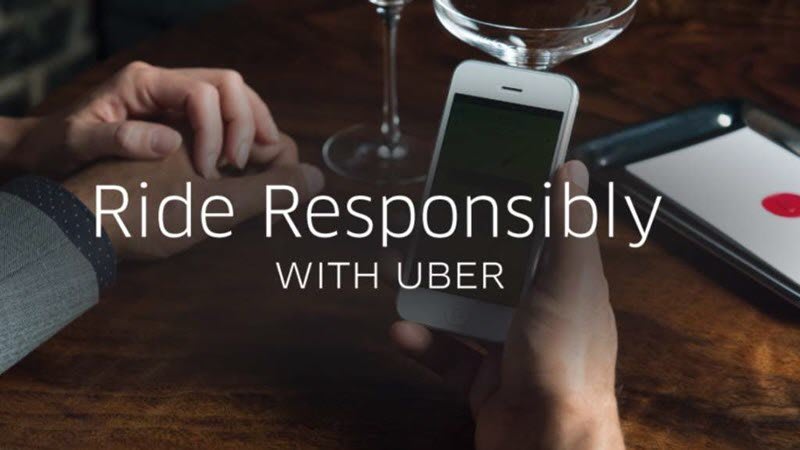Audi Repair Shop Doylestown
Call 267 279 9477 to schedule a appointment

For better or worse, transportation network companies (TNCs) like
and
have transformed how people get around in urban areas in the U.S. The worse portion comes mostly from
Uber’s near-constant controversy
and the way TNCs have decimated the livelihood of taxi and limo drivers — and even
.
The better part is they give people a better and cheaper option than taxis. Now there’s evidence that TNCs are putting a dent in
, thanks to people using Uber and Lyft when they’re out partying.
According to the
, the City of Miami’s police reported a 31 percent decrease in
arrests over the past four years, while the Miami-Dade police department said arrests were down a whopping 65 percent in the same period. The county police added that more than 1,500 people each year were arrested for DUIs from 2013 through 2015, compared to only 594 last year.
It’s debatable whether the drop in Miami area DUIs, as well as in other places, can be attributed to TNCs. “The reality is, it’s really hard to know the complete impact,” David Pinsker, Florida’s executive director for Mothers Against Drunk Driving (
), told the
Miami Herald
.
Uber has made encouraging partiers to use its service part of its marketing and PR effort. It has even partnered with MADD.
“I think it’s just really hard to pinpoint exactly what ride-sharing has done,” he added. “We know it’s had an impact, but I can’t put a number on it.” But others have.
A
by the University of Pennsylvania’s Perelman School of Medicine considered four cities that had ride-sharing services that launched, stopped and then started again. It found that DUIs dropped in Portland, Oregon and San Antonio, Texas, by almost 60 percent when TNCs were available.
But the study reported that DUI rates didn’t change much for the other two municipalities: the Nevada sin cities Reno and Las Vegas. But the researchers acknowledged the results may be skewed since Reno and Las Vegas likely have a higher percentage of tourists — and drinkers — who take taxis or stagger back to their rooms on foot.
Another study by the
compared the average number of DUIs two years before Uber launched in 10 U.S. cities and found that drunk driving arrests dropped across the country. In fact, the study uncovered that DUIs decreased by 37 percent from 2013 to 2016 in party-hardy Las Vegas — from an average of 4,859 arrests per year before Uber launched in September 2015, to 3,056 afterwards.
After Uber launched in San Diego in June 2012, the Moll Group study found that DUI arrests fell by 32 percent. In Los Angeles, they’ve dropped by 14 percent since 2012 and were cut in half between 2014 and 2016, while DUIs in Chicago decreased by 18 percent from 2009 to 2016.
Uber has made
to use its service part of its marketing and PR effort. The
ride-share giant has
to promote using a designated driver when drinking, and in 2015 the two organizations teamed up for
that found that drunk-driving crashes for people under 30 years dropped 6.5 percent in areas where ride-sharing service operates.
Uber is also
to make its case for taking an Uber home if you’re tipsy. But you don’t have to be a data scientist to figure out that a ride home in an Uber or Lyft could save you a lot of money rather than getting behind the wheel buzzed. And, more important, it can save lives.
“On the weekends, if I’m going out for a fun night, I’d much rather have an Uber or a Lyft,” Matt Owen of San Rafael
, a Fox affiliate in Oakland, California. “It’s not worth it. I’d rather pay $20 than $10,000 dollars for a DUI.”
Related Video:
from Autoblog https://ift.tt/2xkuYul
